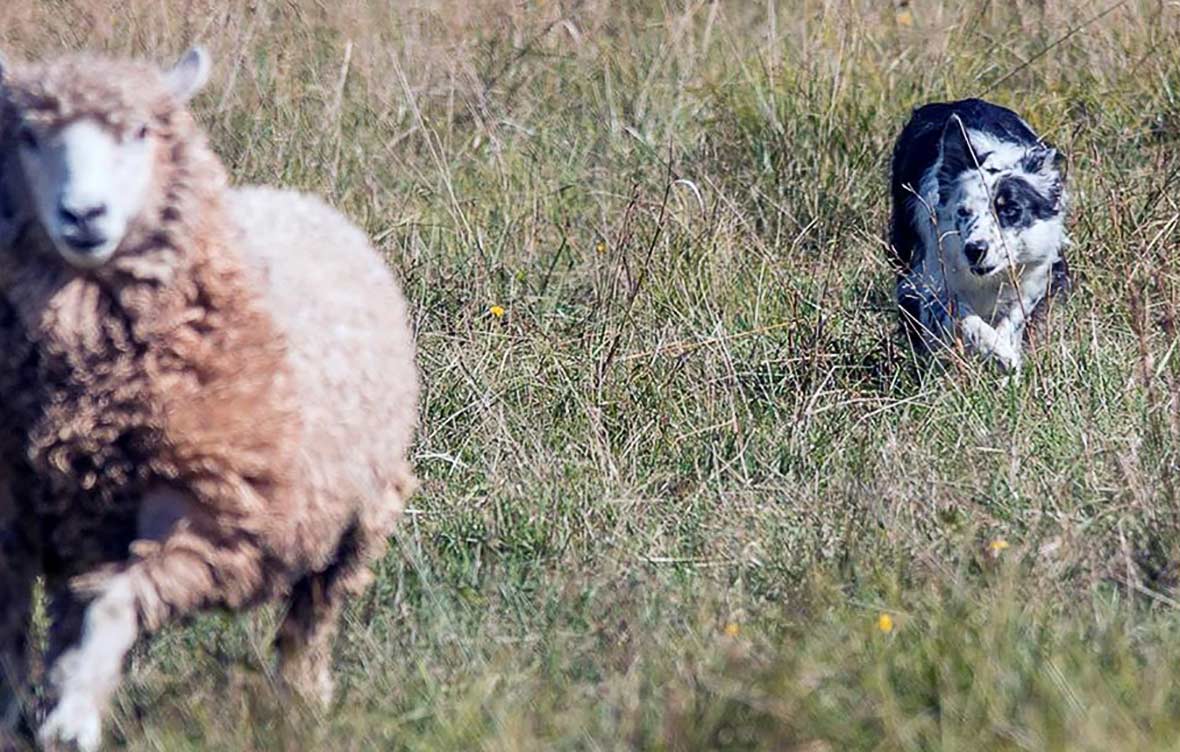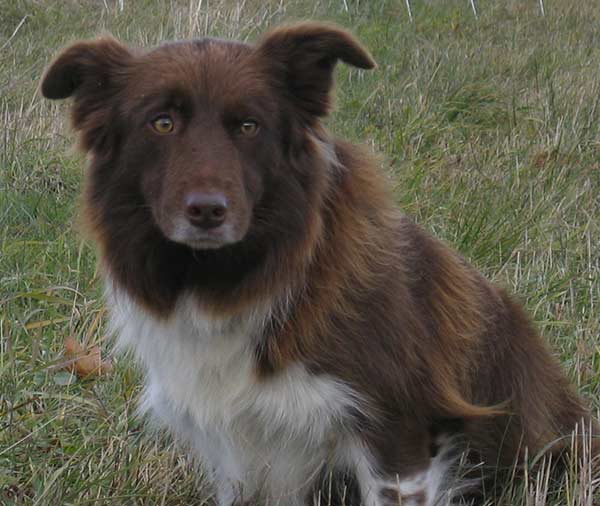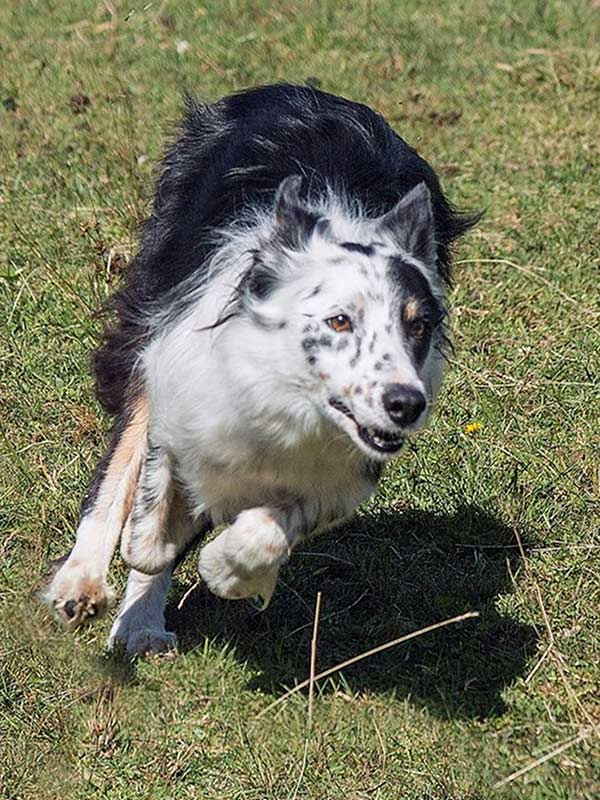People love their dogs. The human-canine bond extends tens of thousands of years into pre-history. And for most of that time, it’s been a bond formed by collaboration, of each providing something – protection, food, companionship – to the enterprise. One of the unfortunate things about modern life, is the extent to which that working collaboration has been lost. So many dogs today have become little more than couch ornaments. Though that’s not completely true. Dogs still do important work in our society. They are often more than simply friends or companions, as if that wasn’t important. We compete our dogs in agility trials and pet shows. They guide the blind, work in law enforcement and rescue victims from collapsed buildings. They give comfort to the sick and help stressed-out college students decompress. When I ask my students what the three most important things are in their lives, number two is almost always, “my dog,” just behind family. Talk to a veteran who worked with a dog during a tour of duty in Iraq and you will quickly understand how functional and deep the human-canine bond continues to be.
Nowhere is that collegiality more regularly and completely expressed as on a farm. The New York Times referred to the border collie as the farmers’ most useful tool. For those of us who depend on our dogs to get our work done, that’s an understatement. Without my border collies I would not be able to manage my land in the sustainable way that I do. I might not still be farming. Put a flock of sheep out on pasture and try to get them to move when they don’t feel like moving. You will be reduced to bribery; to coaxing them along with a bucket of grain. But have a border collie at your heel and you’ll be amazed at how attentive sheep can be.
Tory was our first border collie. A small red female with oversized canines and perpetual pout, Tory taught me how to handle a flock of sheep. Before I knew a thing about working sheep with a dog, Tory was competing in sheepdog trials with her breeder Barb Armata of Taravale. When I began looking for a dog to replace my rescued Aussie, Hope (she just didn’t have the right genes to be a “herder”, so she became a pet), Barb was looking to sell Tory – a good worker but not quite right for the competition scene. Tory and I clicked from day one. She was quick and precise in her herding. She took no guff from the sheep – she ran a tight ship. She moved like a flash of red light across the green pastures, a study in grace and speed. We worked together, nearly every day for eight years. At age 12, it was time for her to retire. Today she has a well-earned place on the couch.
Spot manages the flock now. He is larger and stronger than Tory, but he’s more of a negotiator than she was. He does less nipping and more coaxing. But he is convincing. He gets the job done exquisitely. Spot is beautiful to watch. He flows like quicksilver across the field, turning so steeply that the side of his body nearly touches the ground on his outrun.
Spot loves to work. But he works for only one person at a time. When I’m away, Spot works for Pam. But when I’m on the farm, Spot is at my heel. We call him a “Velcro dog”. (When you have a Velcro dog, you never go to the bathroom alone.) He is a great colleague, the epitome of the bond that remains so vital and deeply embedded in the psyches of both species. For me, there is nothing better than being in the field with my dog on a crisp autumn day, working together as people and dogs have for thousands of years, moving our sheep. Getting the job done.
– Gary Kleppel



